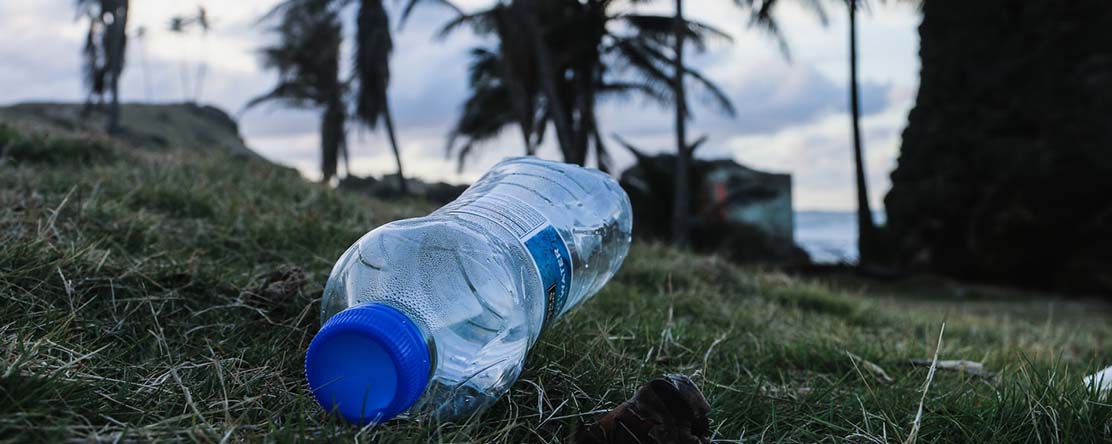
In the News
Using Less Plastic Leads to Fewer Harmful Chemicals in the Body
-
Focus Areas
Environmental Health, Women, Youth & Children -
Expertise
Evaluation -
Programs
Child Health and Development Studies

A tiny pilot study has shown that women who reduce their exposure to plastic see a decrease in estrogen-mimicking chemicals in their bodies within a month.
 Plastic is usually considered to be a problem because of the non-recyclable waste it creates, but it also needs to be viewed as a significant health hazard. Many plastics contain estrogen-mimicking chemicals that can enter a person’s body through food packaging, receipts, and more, and there is strong evidence linking these chemicals to breast cancer.
Plastic is usually considered to be a problem because of the non-recyclable waste it creates, but it also needs to be viewed as a significant health hazard. Many plastics contain estrogen-mimicking chemicals that can enter a person’s body through food packaging, receipts, and more, and there is strong evidence linking these chemicals to breast cancer.
Now, a tiny yet interesting pilot study called ReThink Plastic has found that taking steps to minimize exposure to plastic can reduce the number of these chemicals found in a woman’s bloodstream within a fairly short time frame. The study was conducted jointly by Child Health and Development Studies and the Plastic Pollution Coalition, and funded by California’s Breast Cancer Research Fund. It had two parts — first, a total number of 93 participants who would be educated about the effects of plastic and spread that message to others; and second, a sub-group of 20 participants willing to have bloodwork taken before and after the study period to reflect these lifestyle changes.
The one-month study began with an initial education session about sources of plastic contamination and preliminary blood tests. Participants were asked to change their lifestyle habits for one month, following these guidelines:
– Use glass or stainless steel water bottles.
– Never microwave food in plastic containers.
– Store food in glass or ceramic containers.
– Skip canned foods and beverages.
– Reduce take-out food.
– Don’t handle receipts with bare hands. (If you do, wash with soap and water as soon as possible and DO NOT use hand sanitizer).
Participants were also asked to spread the message among friends and family, taking on the educator role. Fifty-seven of the original group managed to reach an estimated 539 individuals with their message of plastic avoidance.
After the month, the participants who had agreed to have blood drawn were tested. Of the 19 women who did it, 13 showed a reduction in estrogenic activity (68 percent). From the study:
“We were unable to link this decrease in estrogen activity to any particular behavior change — all of the 19 had desired behavior change. Age and race were also not related. However, we did see different patterns of estrogen activity change according to participants’ body mass index (BMI). By examining estrogen activity change in BMI groups (normal and overweight), we learned that the six participants who experienced no reduction in estrogen activity were all among the overweight group. Further, the overweight group encompassed participants with both increased and decreased estrogen activity, while the normal BMI group included only participants with decreased estrogen activity.”
The researchers came away with three important realizations — that (1) changing one’s interactions with plastic is successful at reducing exposure to harmful chemicals in plastic, (b) participants were successful at getting the message out to their communities, and (3) people are willing to provide blood samples and participate in screenings that could be very helpful.
Continue reading the full article in TreeHugger.
Originally published by TreeHugger
More Updates
Work With Us
You change the world. We do the rest. Explore fiscal sponsorship at PHI.
Support Us
Together, we can accelerate our response to public health’s most critical issues.
Find Employment
Begin your career at the Public Health Institute.



